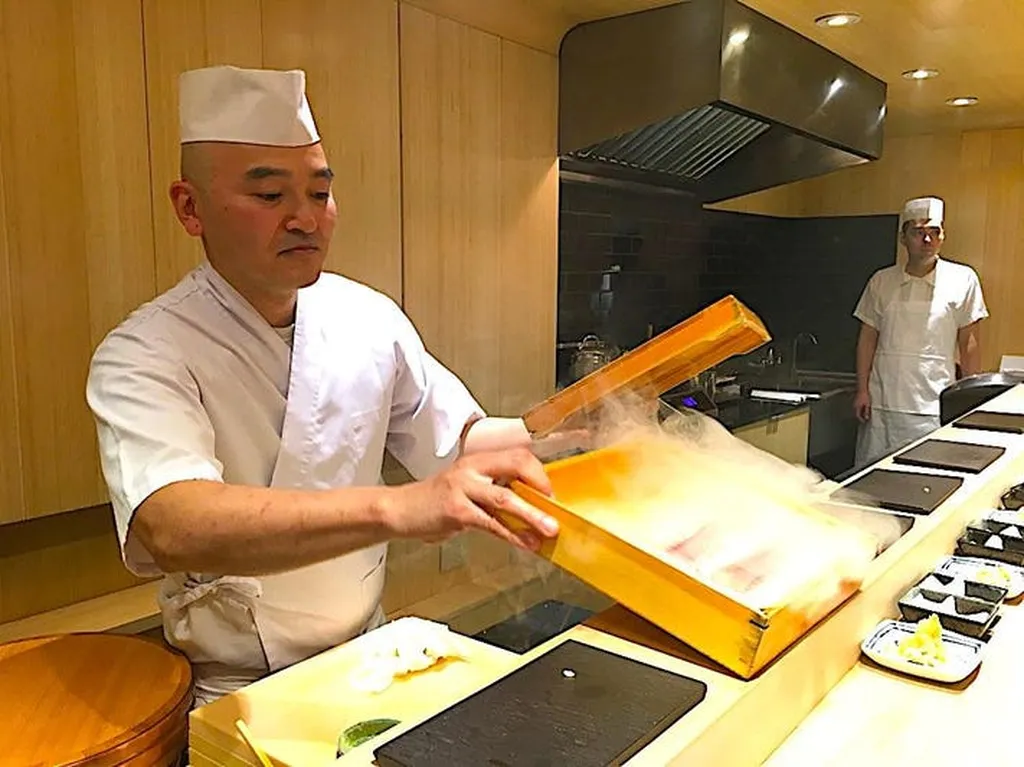In the ever-evolving landscape of agricultural biotechnology, a recent study published in *Zhongguo niangzao* has shed new light on the potential of soy protein isolate (SPI), offering promising insights for the food and agriculture sectors. The research, led by ZHA Ao and a team of scientists from Wuyi University, Hunan Agricultural University, and other institutions, delves into the sequence composition of SPI and its potential to yield bioactive and umami peptides.
The study employed a combination of proteomics and sodium dodecyl sulfate-polyacrylamide gel electrophoresis (SDS-PAGE) to identify the sequence composition of SPI. The findings revealed that SPI is primarily composed of eight protein sequences, with a significant portion derived from β-conglycinin and glycinin, two major storage proteins in soybeans. Notably, the sequences P11827, P0DO16, and P25974, corresponding to the α, α’, and β subunits in β-conglycinin, accounted for 42.49% of the total, while the remaining sequences were derived from the five subunits (G1 to G5) in glycinin, making up 57.51%.
One of the most intriguing aspects of the study was the identification of high-abundance dipeptides within the SPI sequence. Dipeptides such as glutamine-glutamic acid (EE), glutamine-glutamyl (QQ), and aspartic amine-glutamic acid (DE) were found in relatively high concentrations, with percentages of 3.74%, 3.07%, and 2.84%, respectively. These dipeptides not only exhibit prominent repeat features but also possess high potential umami characteristics and hypoglycemic activities.
“These findings open up new avenues for the application of soy protein isolate in functional umami agents,” said ZHA Ao, the lead author of the study. “The high abundance of these dipeptides suggests that SPI could be a valuable resource for developing food additives that enhance flavor and provide health benefits.”
The commercial implications of this research are substantial. The agriculture sector stands to benefit from the development of high-value, functional food ingredients derived from soy protein isolate. As the demand for plant-based proteins continues to grow, the ability to extract and utilize bioactive and umami peptides from soy could drive innovation in food processing and product development.
Moreover, the study’s focus on peptidomics and proteomics highlights the importance of advanced analytical techniques in uncovering the functional properties of agricultural products. By leveraging these technologies, researchers can identify and characterize bioactive compounds that have the potential to enhance food quality, nutrition, and health benefits.
The research team’s findings not only contribute to our understanding of soy protein isolate but also pave the way for future developments in the field of agricultural biotechnology. As the global food industry continues to evolve, the integration of cutting-edge technologies and scientific research will be crucial in meeting the demands of a growing population and a more health-conscious consumer base.
In the words of the researchers, “This study provides a foundation for further exploration of the functional properties of soy protein isolate and its potential applications in the food industry.” With the ongoing advancements in proteomics and peptidomics, the future of soy-based food ingredients looks promising, offering new opportunities for innovation and growth in the agriculture sector.

